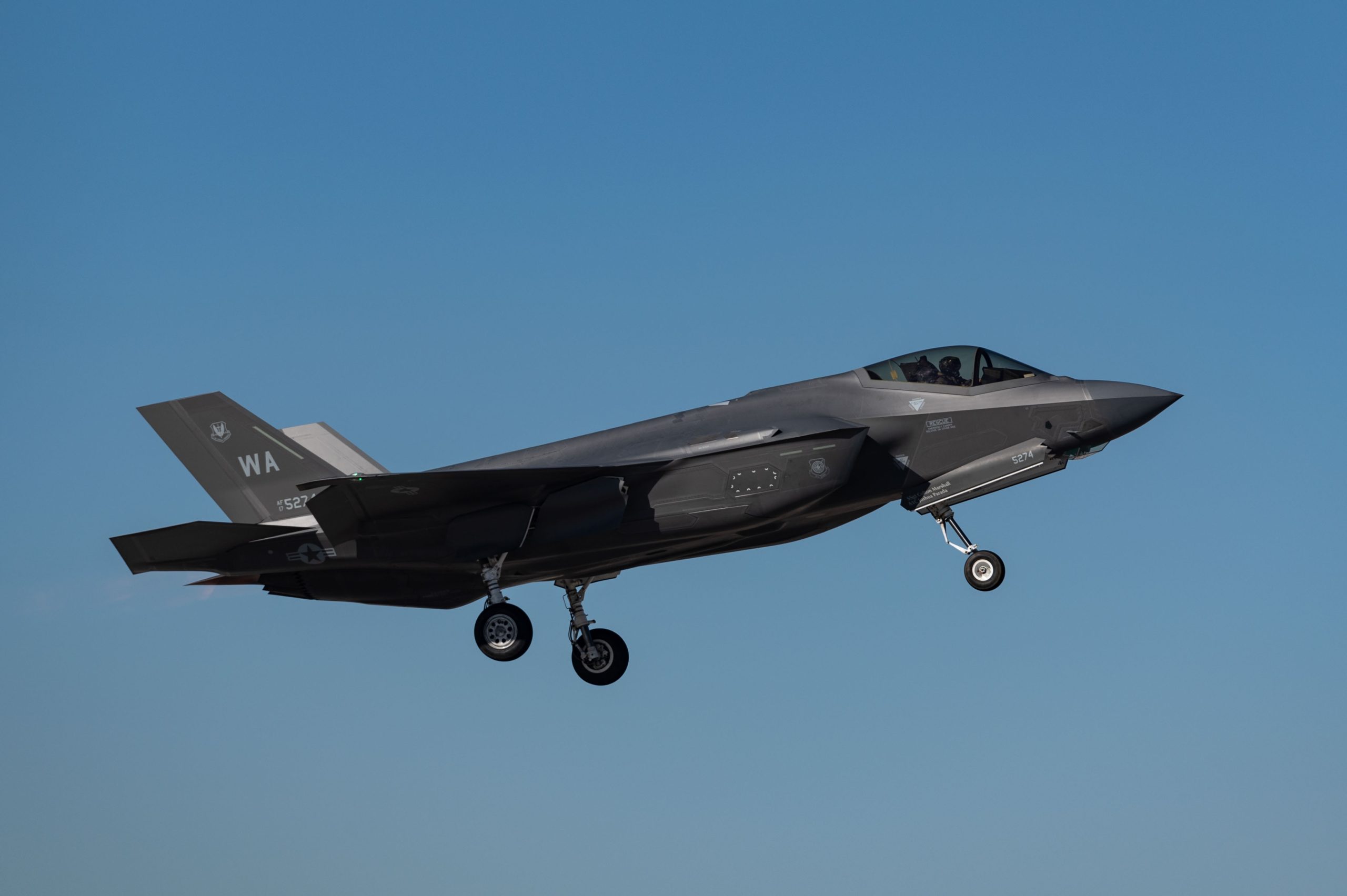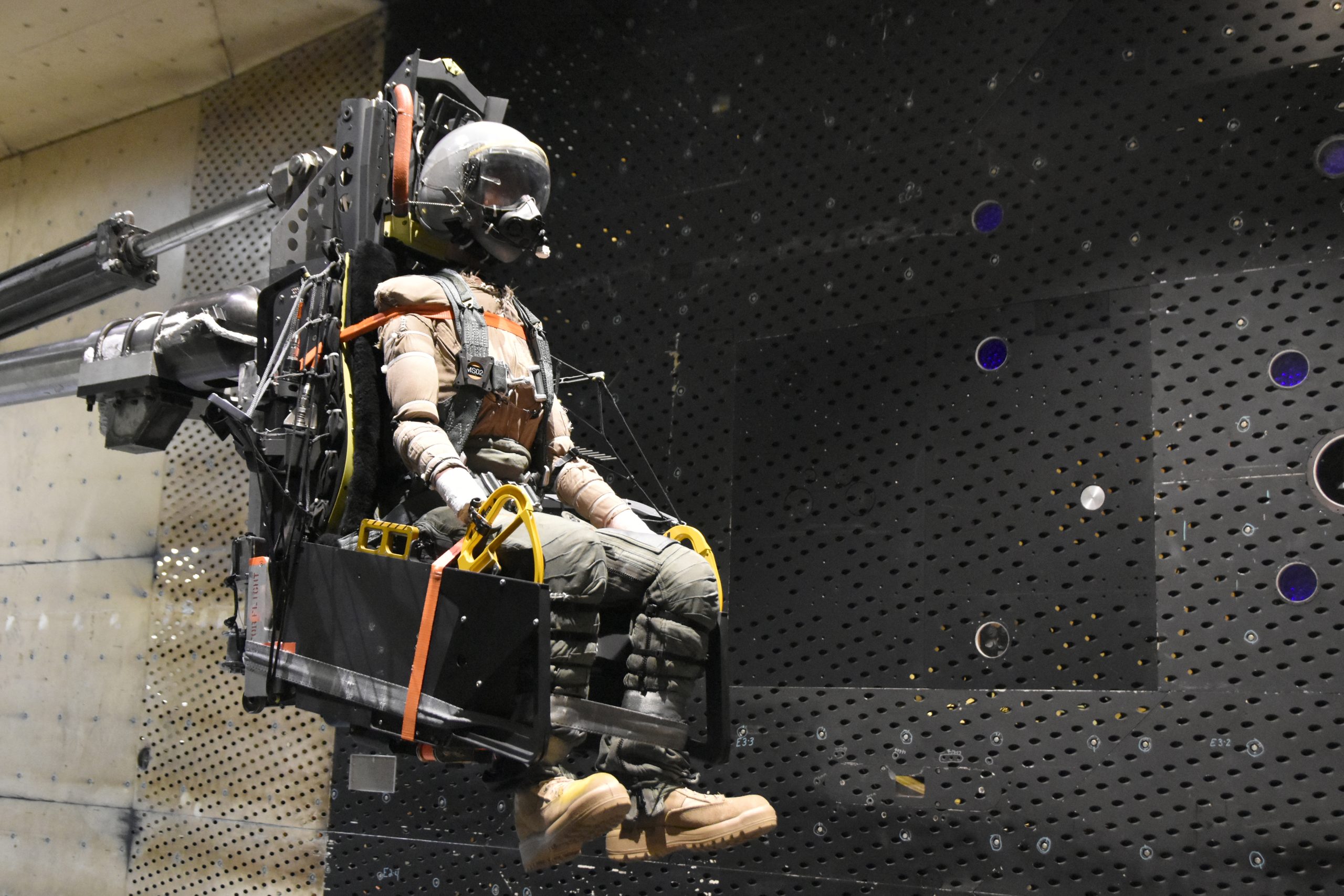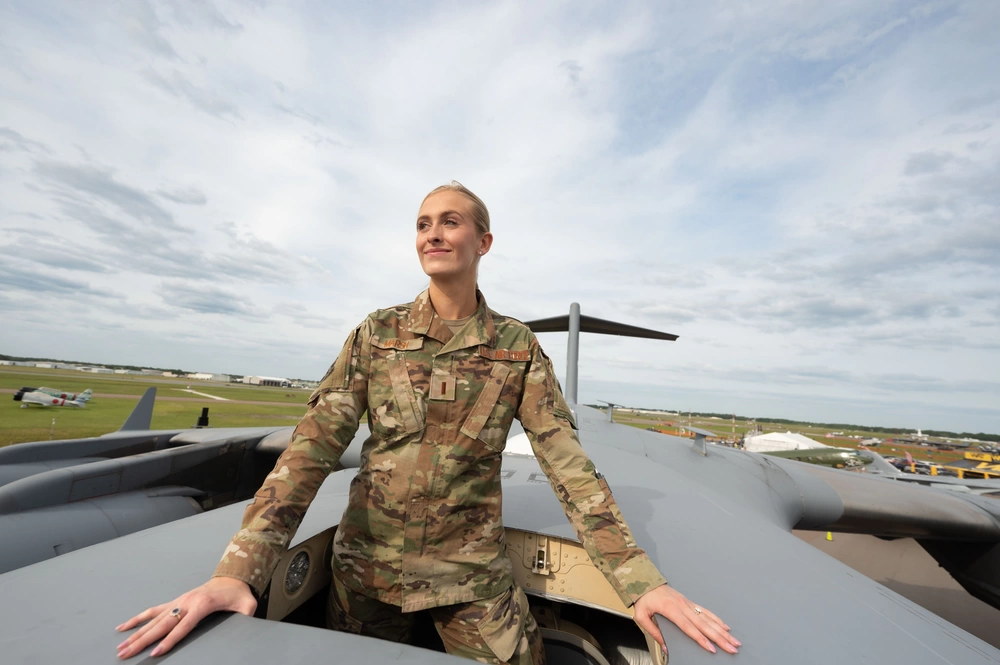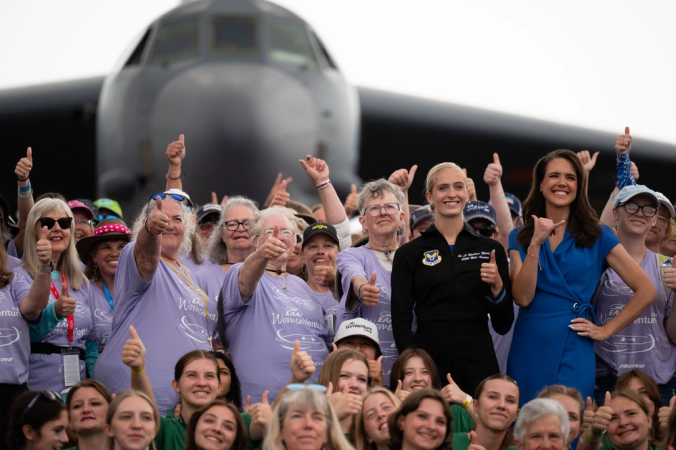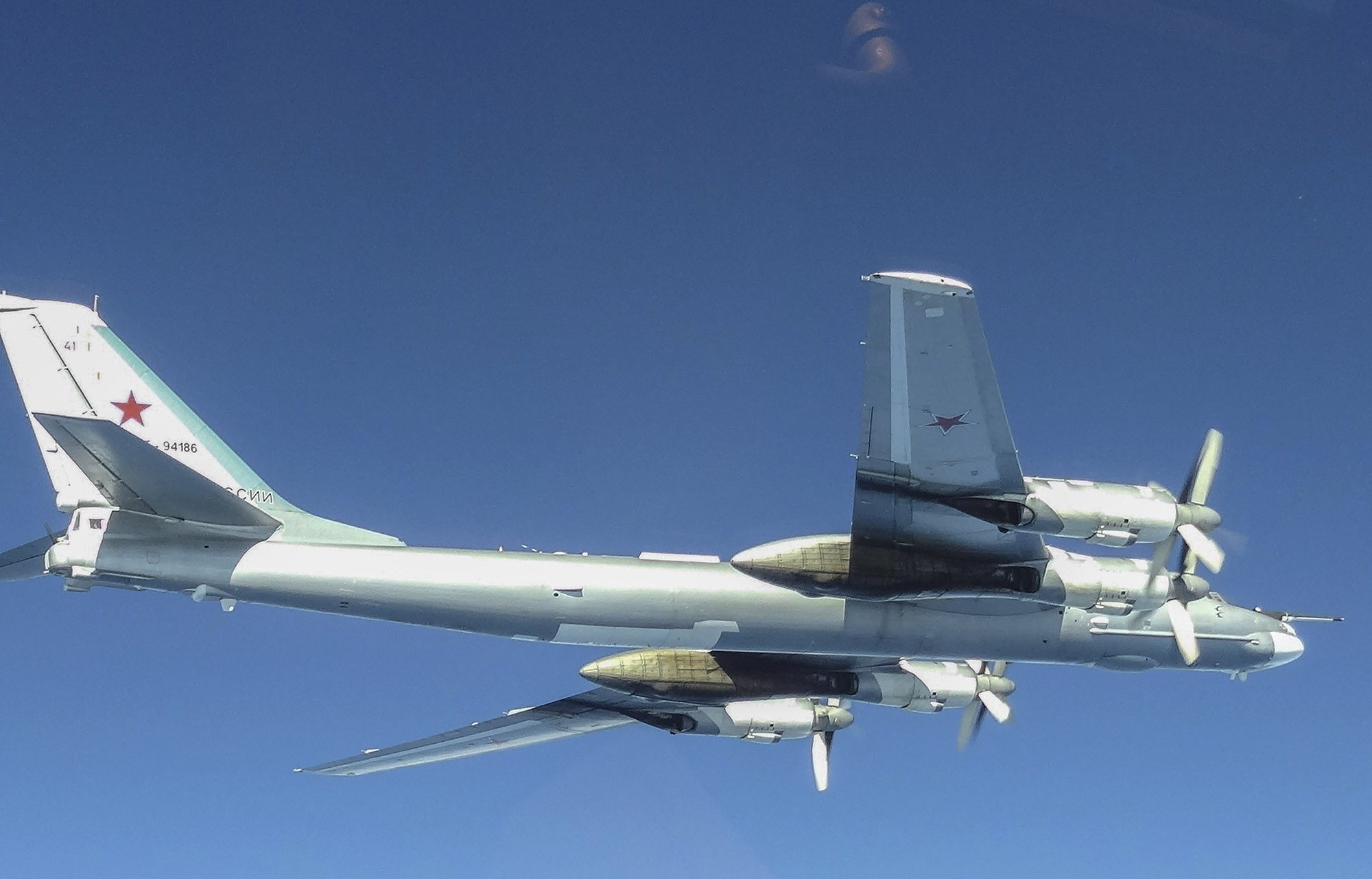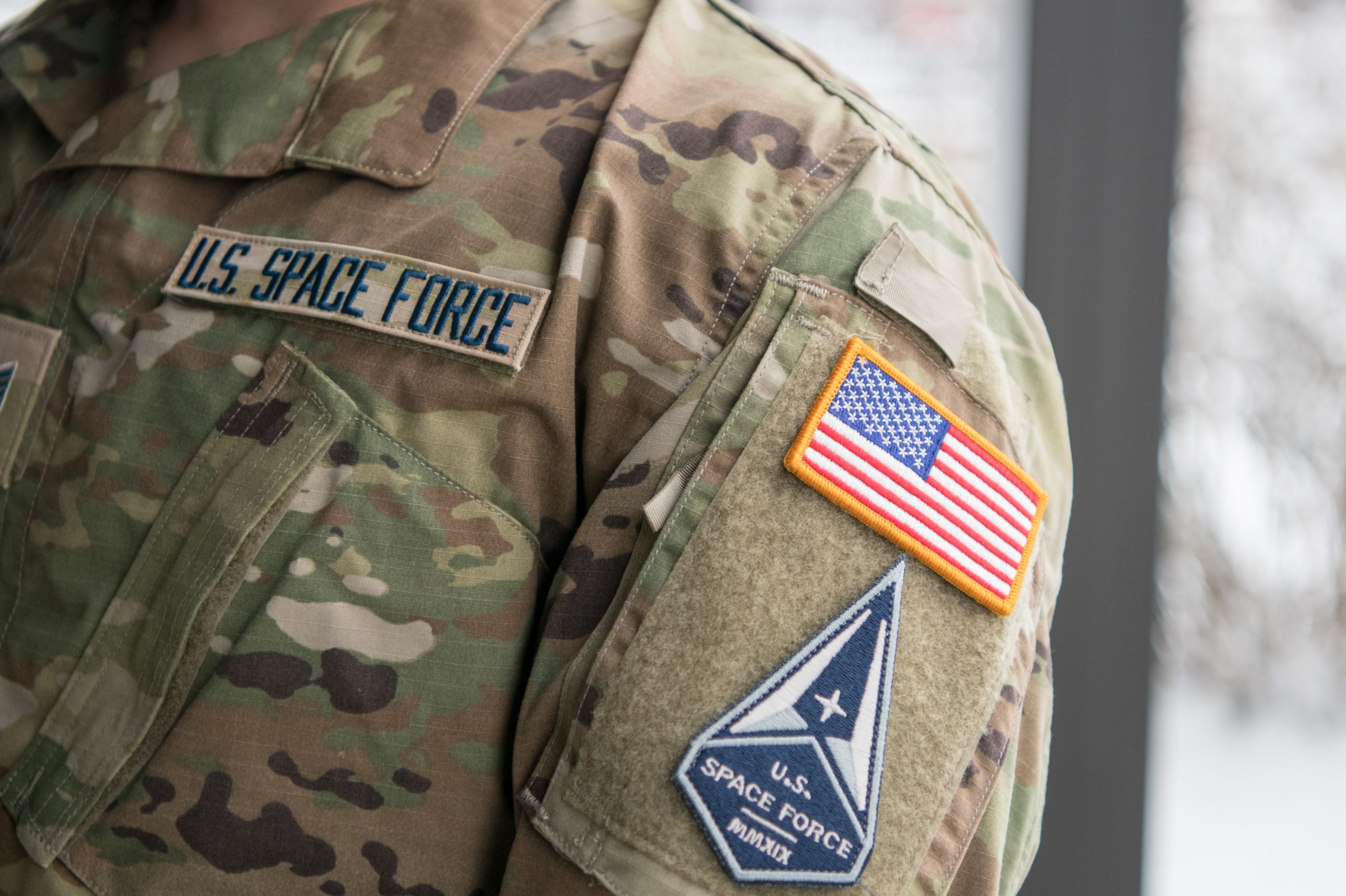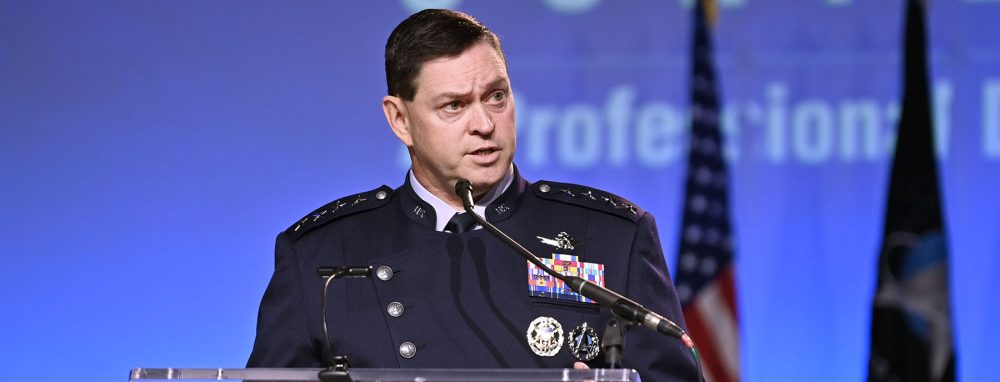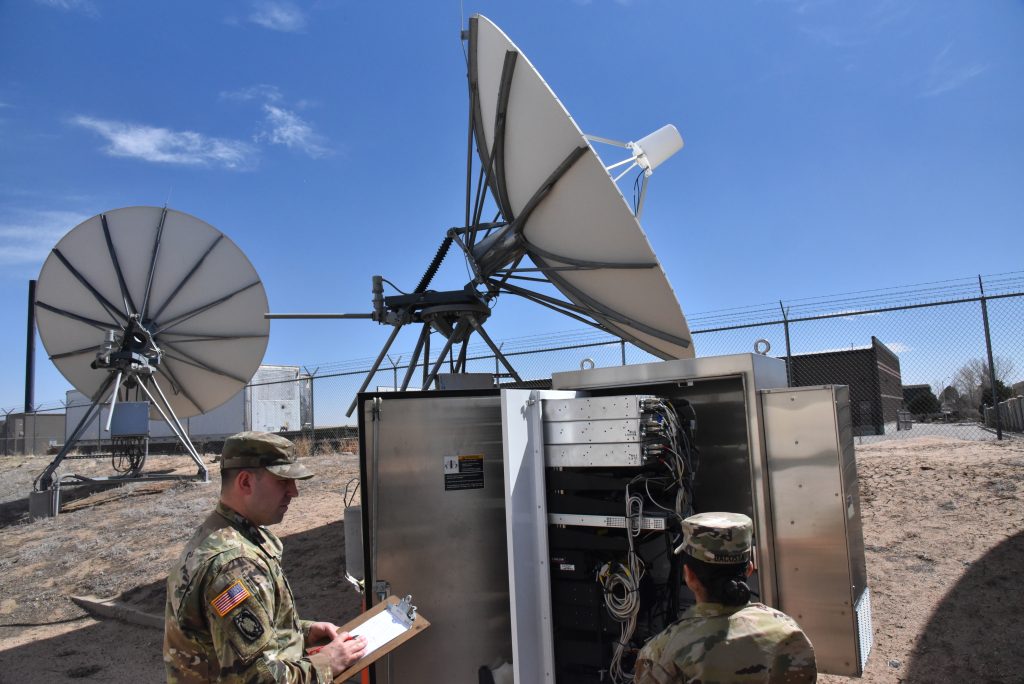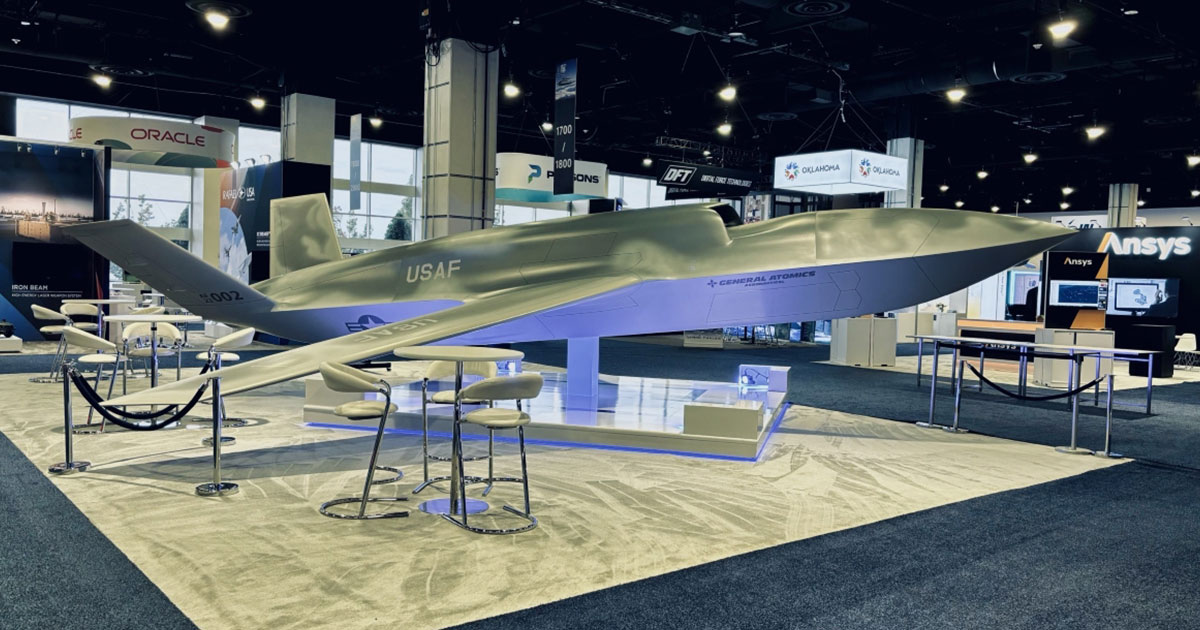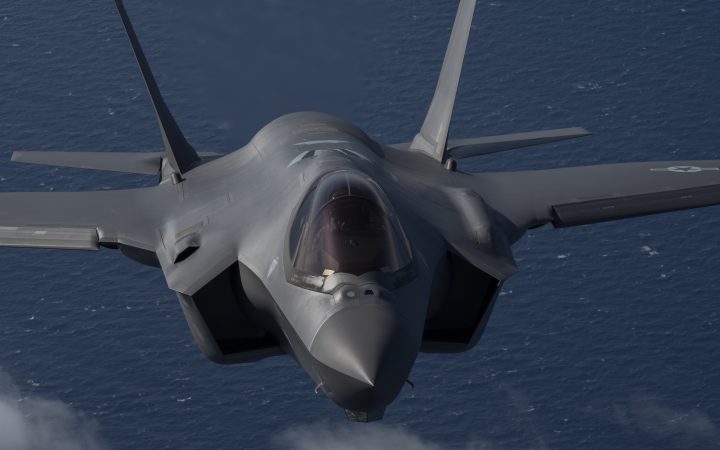The F-35 Joint Program Office has agreed in principal to pay up to $11.8 billion for the next 145 F-35s from manufacturer Lockheed Martin—but final details on the deal won’t be hammered out until the spring.
The action specifies that the cost will not exceed $11.76 billion for Lot 18 jets, pegging the average price for the three F-35 variants at $81.1 million. Work on the jets is to be completed by June 2027.
The Department of Defense announced the “undefinitized” deal Dec. 20, saying final details will be worked out in the coming months. The Defense Acquisition University defines an undefinitized contract action as one that has “some aspect that is left open, to be determined prior to the start of contract performance.” Lockheed and the Pentagon previously agreed to an undefinitized contract action for F-35s in 2018, saying then that it allowed the company to receive funds to keep up production while final details were being negotiated.
Among the 145 jets included are:
- 48 F-35As for the Air Force
- 16 F-35B and 5 F-35C models for the Marine Corps
- 14 F-35C models for the Navy
- 15 F-35A and 1 F-35B models for F-35 program partners
- 39 F-35A and 7 F-35B models for Foreign Military Sales customers
Exact costs per type and service were not disclosed.
Getting the undefinitized action is important for Lockheed; officials said in October that the company was fronting its own money to keep F-35 production up while negotiations dragged on.
It could also be important given the upcoming change in presidential administrations. While President-elect Donald Trump has been highly complimentary of the F-35 and some Republican leaders want to boost defense spending, other administration insiders have been critical of the jet—most prominently Elon Musk, co-chair of the “Department of Government Efficiency.” Musk’s commission is supposed to advise Trump on cost-saving moves, and Musk has criticized both the F-35 program and the purpose of building crewed aircraft, rather than uninhabited drones. Musk’s comments have drawn sharp rebukes from both sides of the political aisle.
